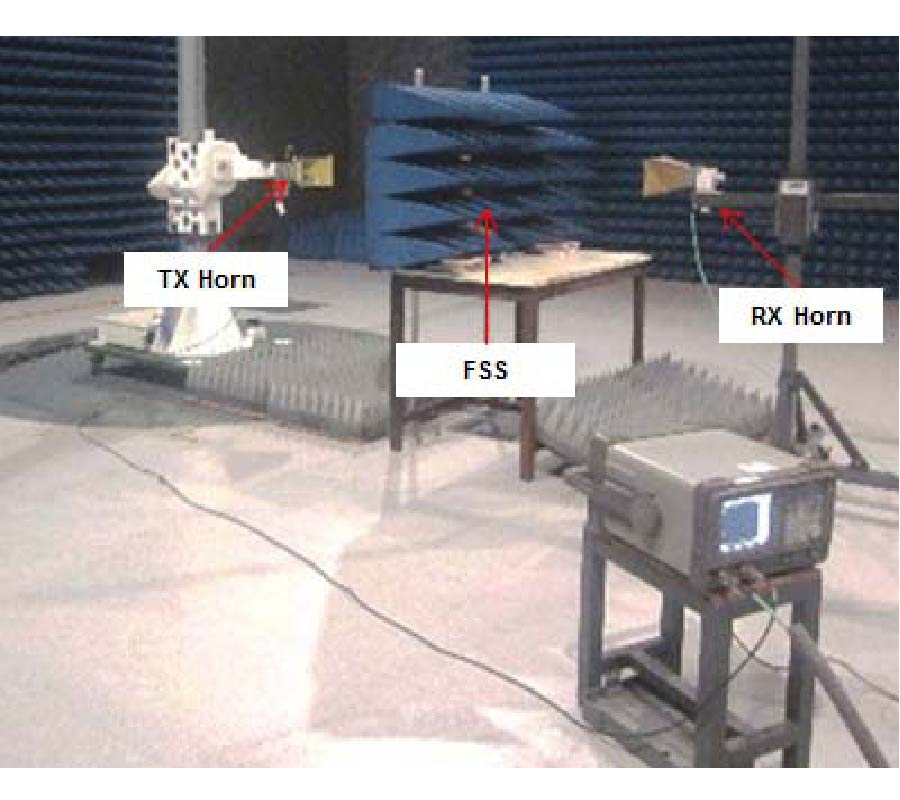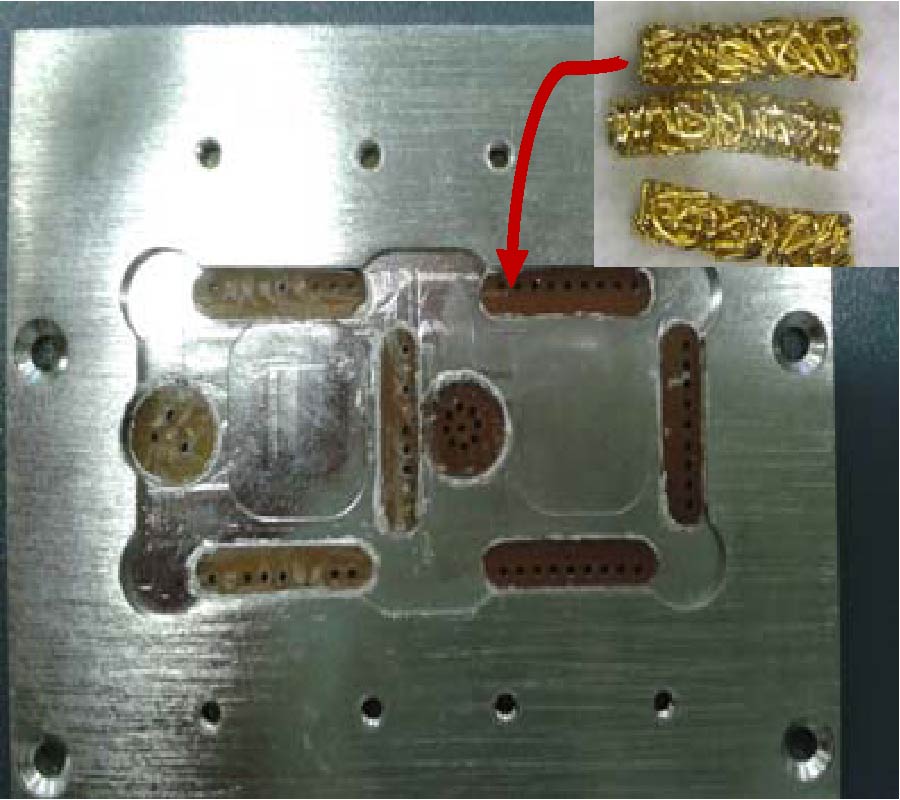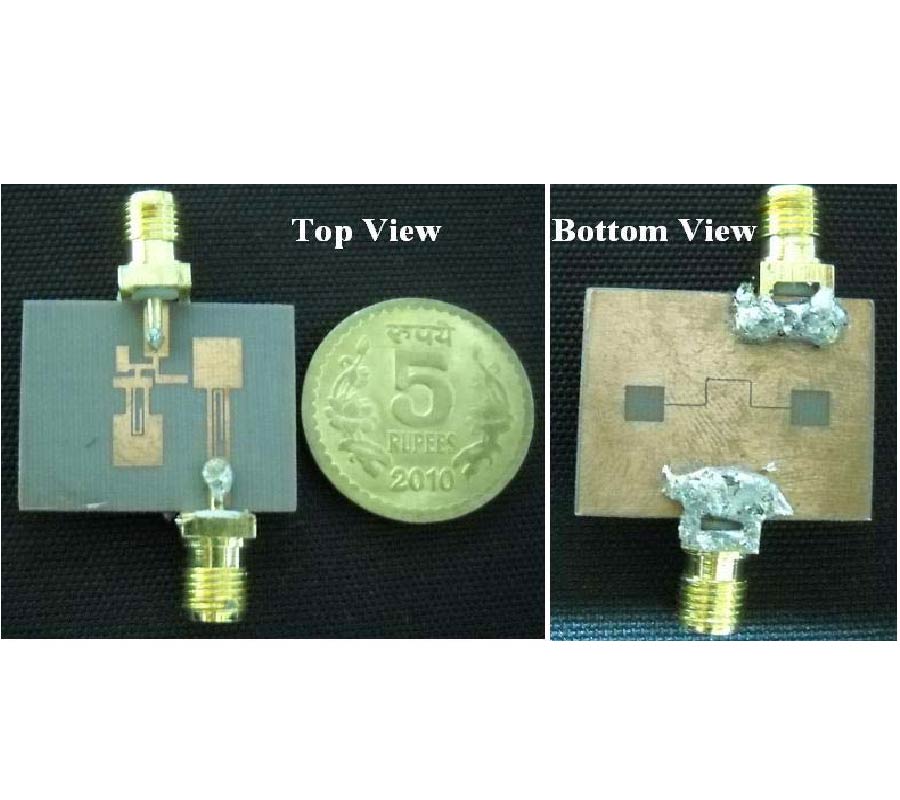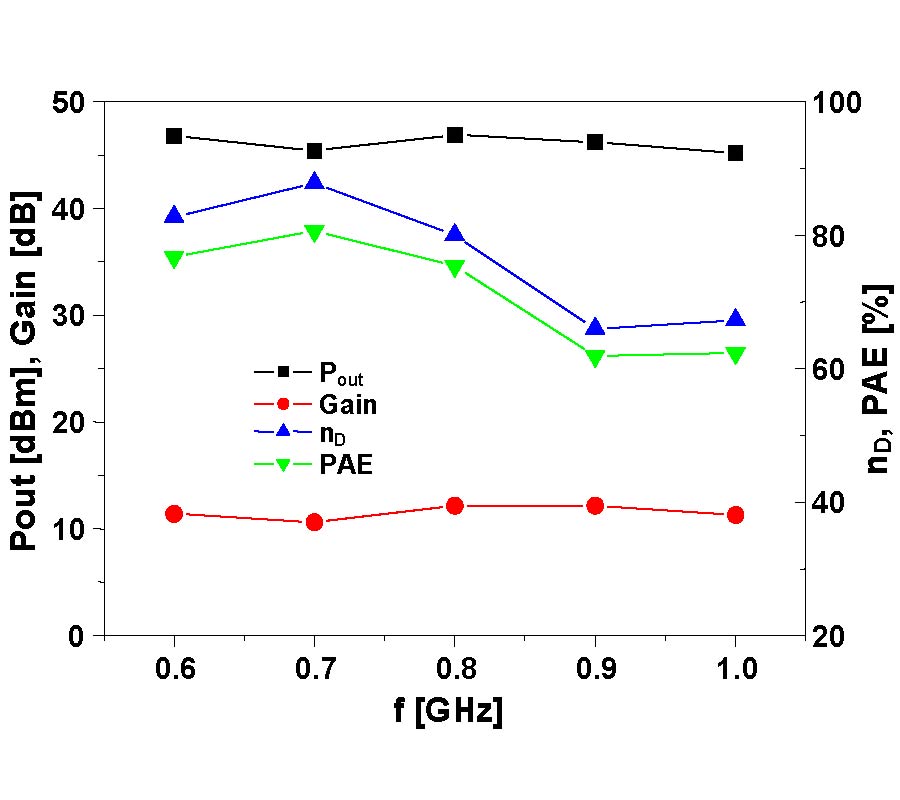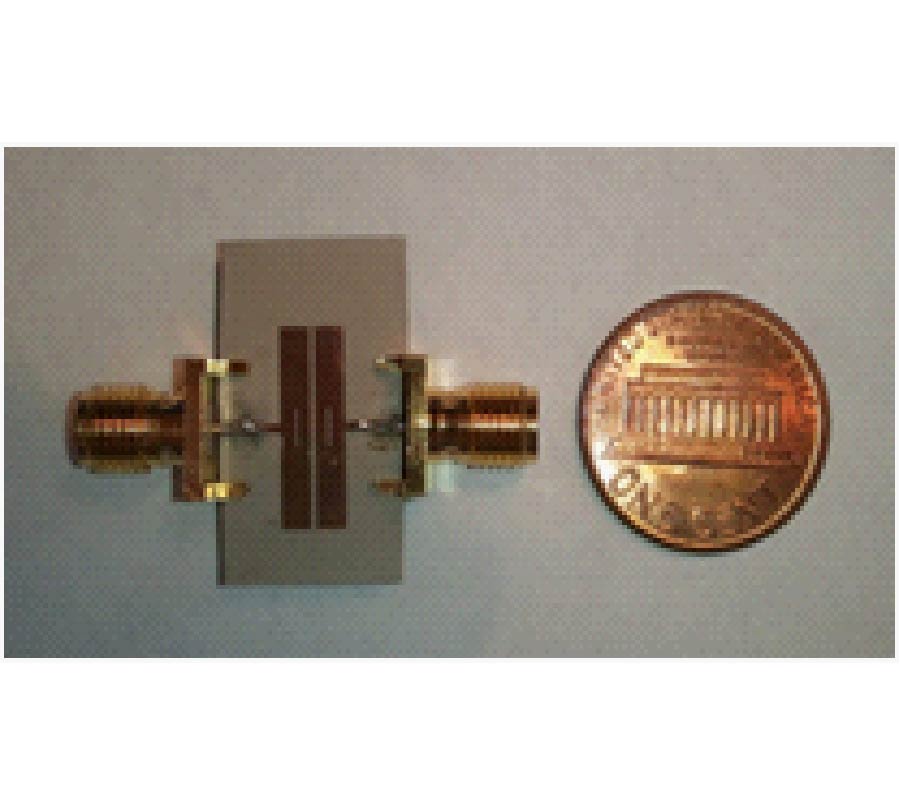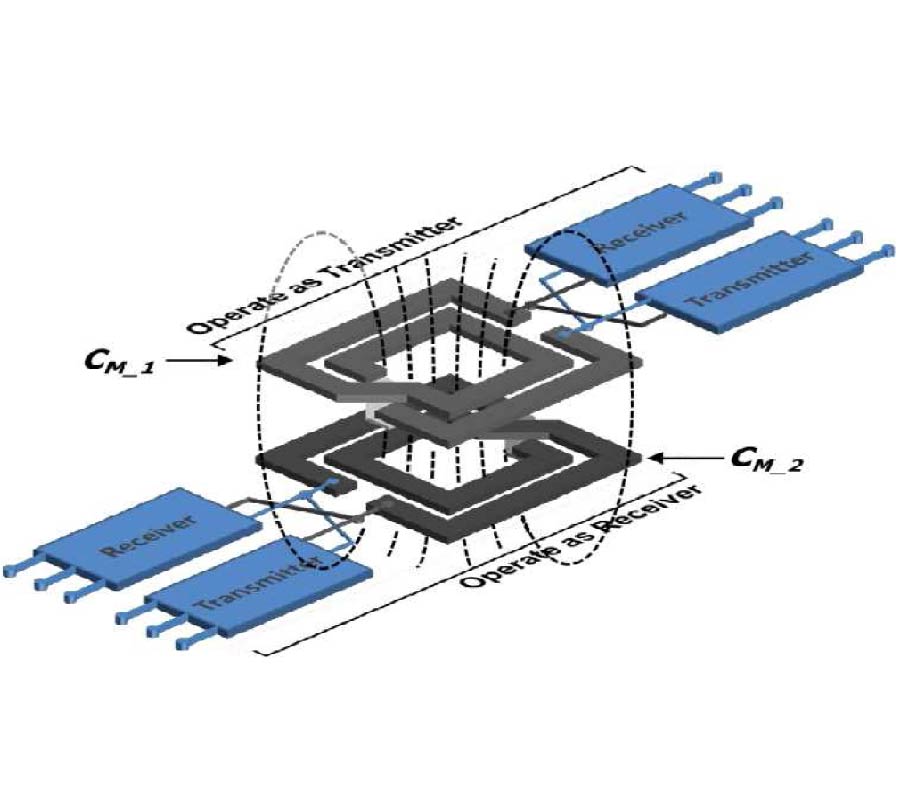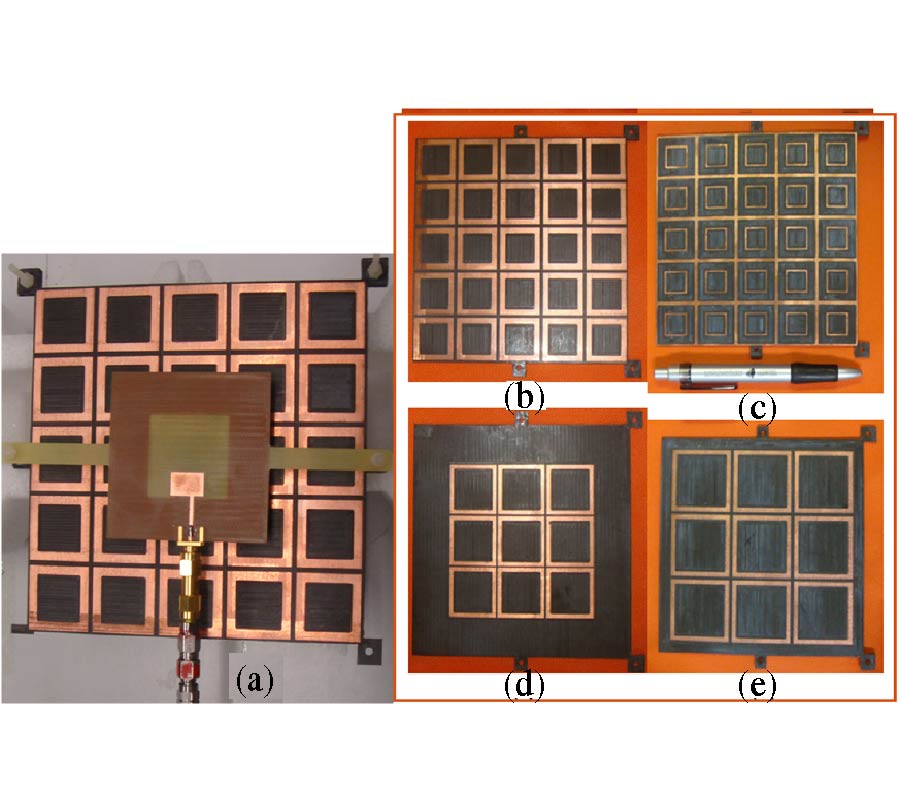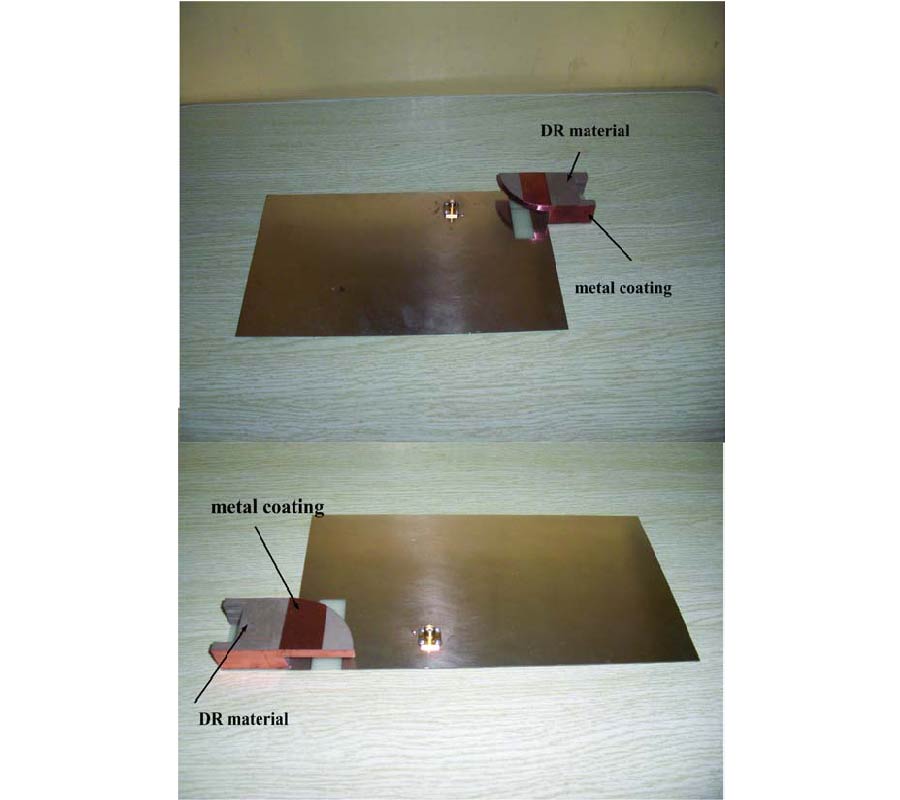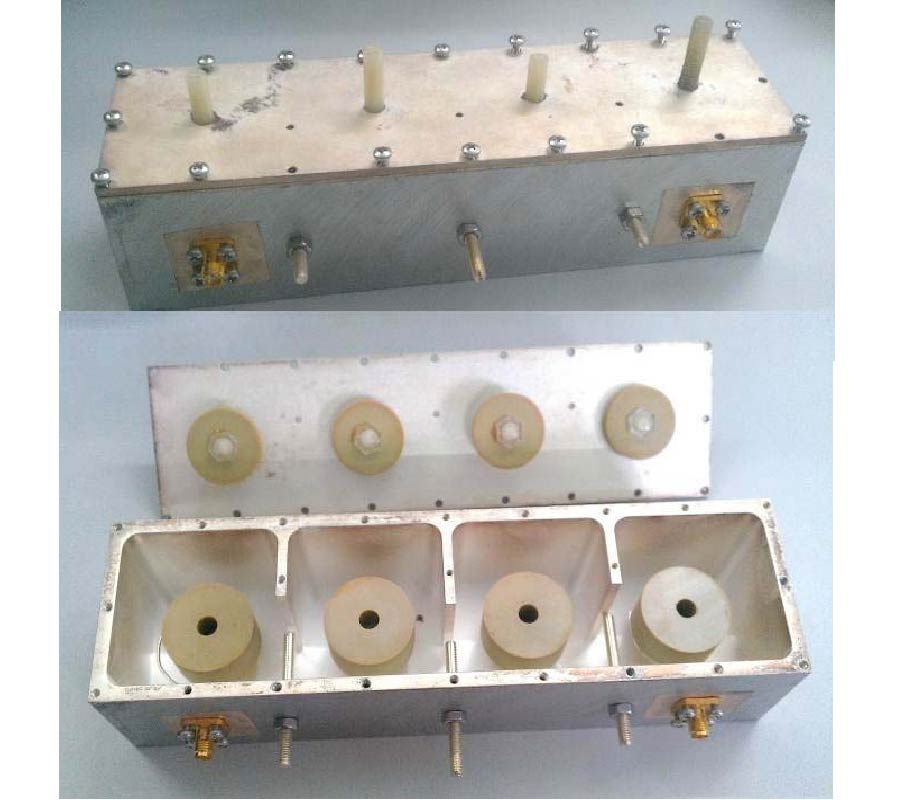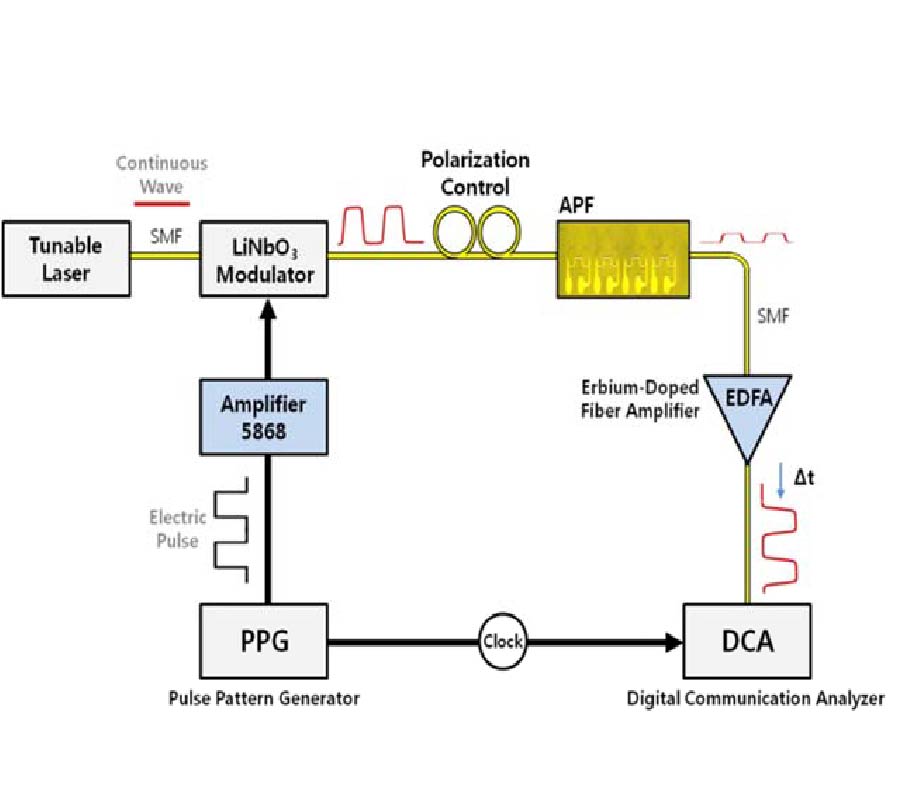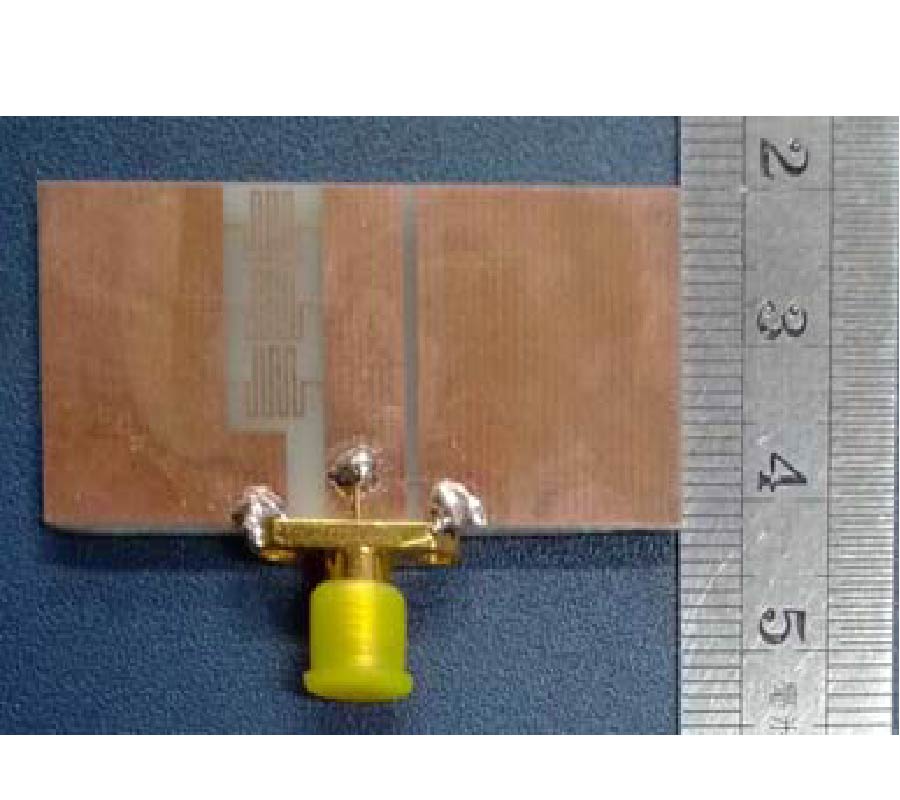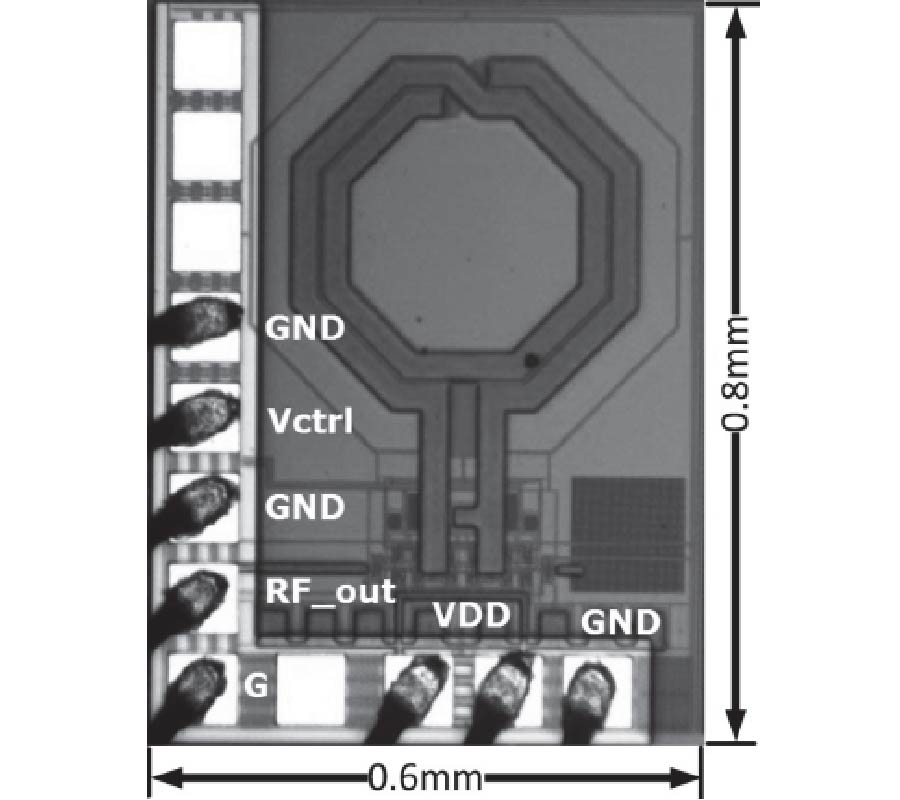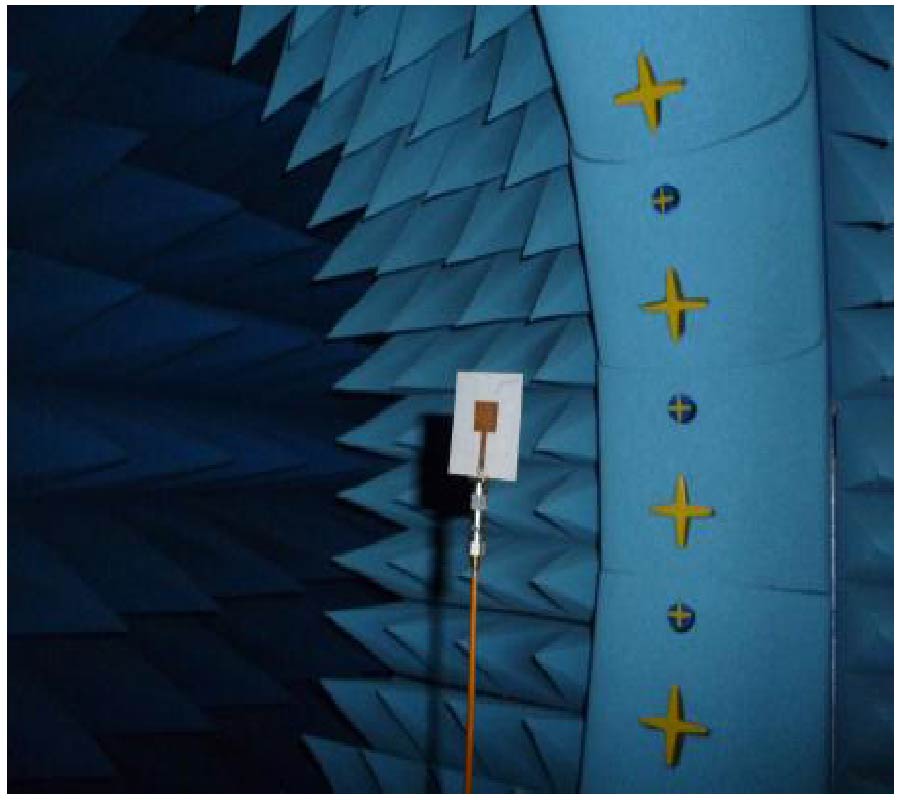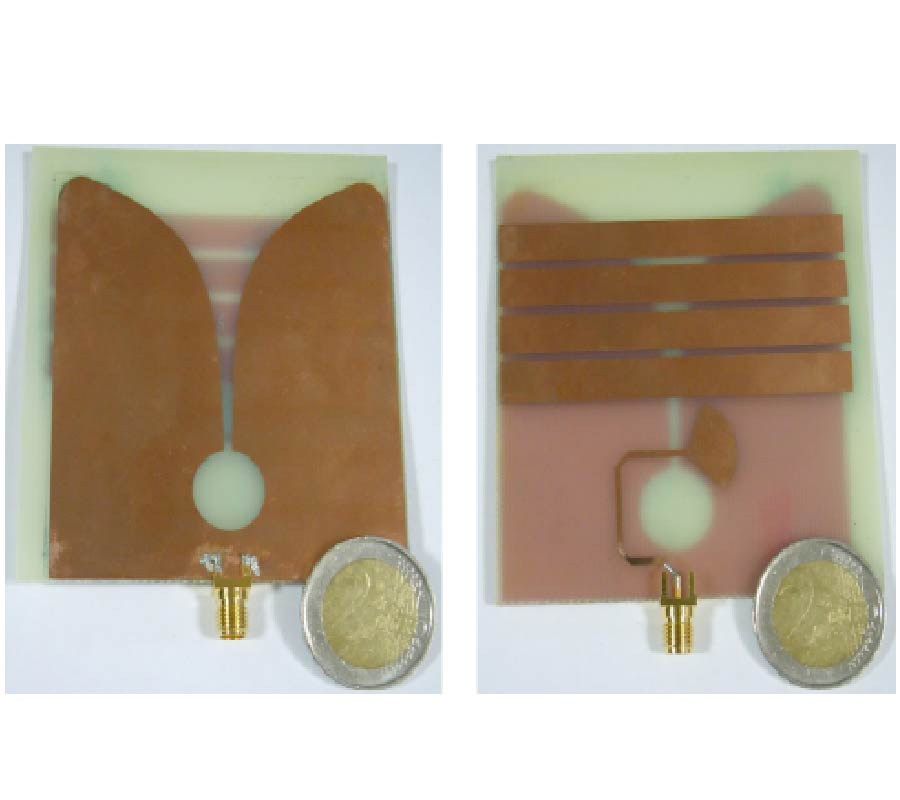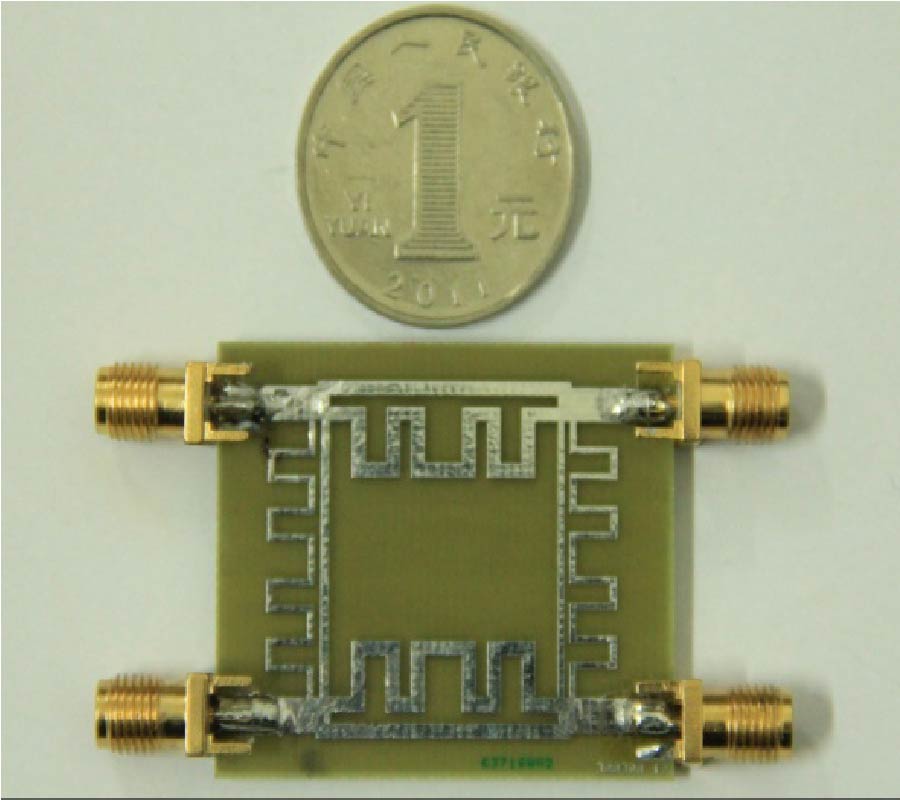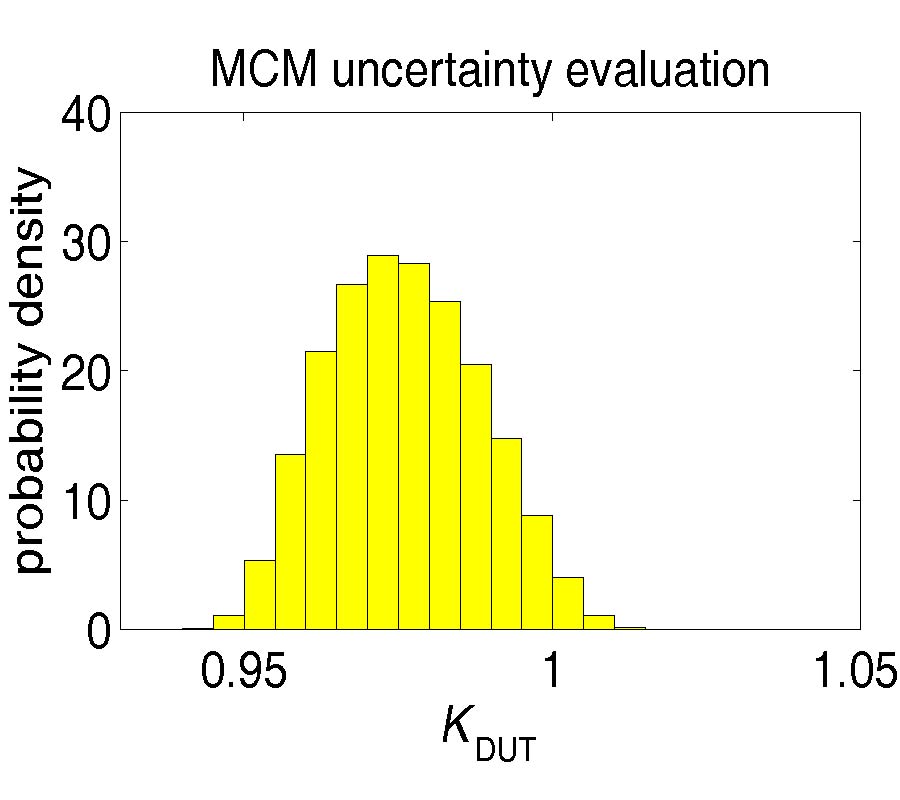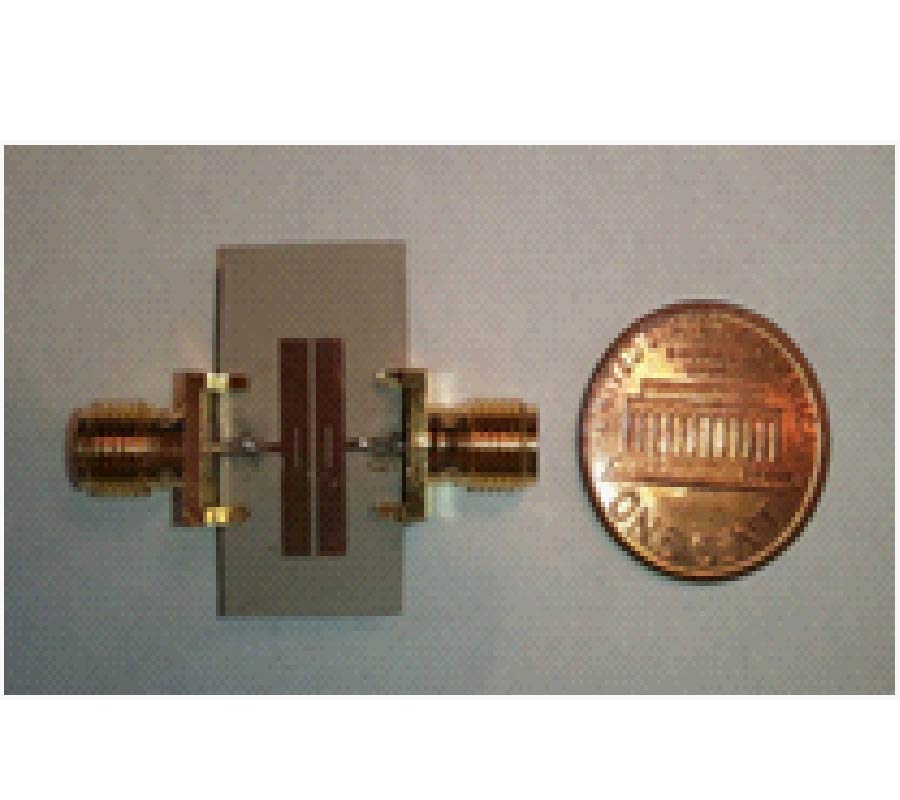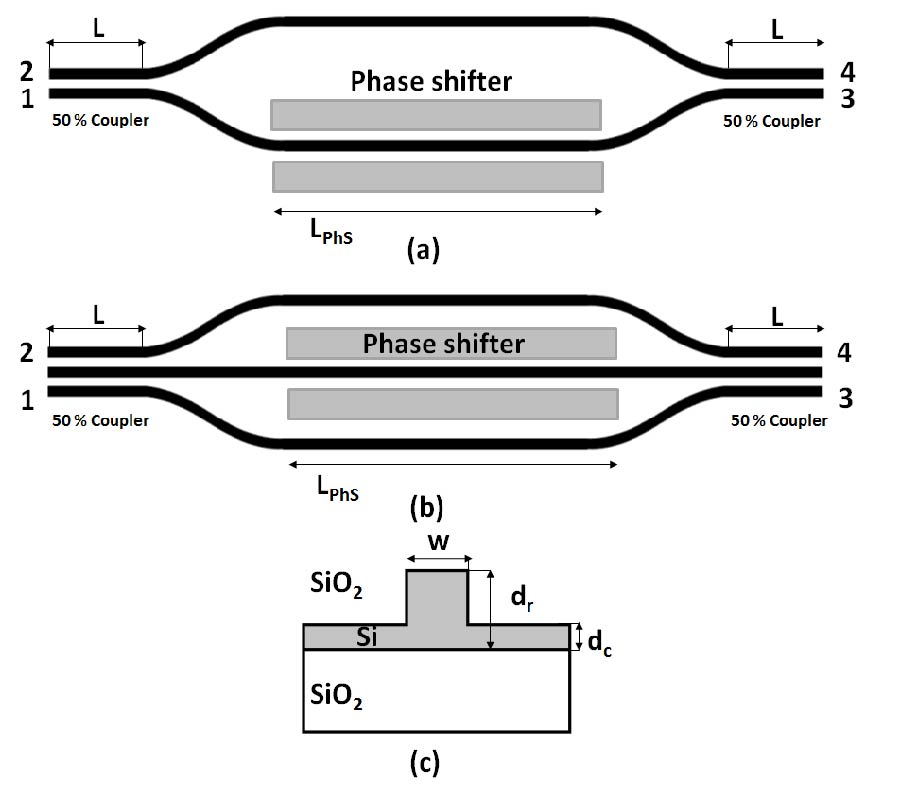Synthesis of a Single Side Access Ring Resonator for Higher Order Bandpass Filters
Norfishah Ab Wahab,
Mohd Khairul Mohd Salleh,
Sameh Khamfar M. Khanfar,
Zuhani Ismail Khan and
Zaiki Awang
A single-side-access ring resonator topology is presented. It employs a single quarter-wavelength coupled-line that couples to a one-wavelength ring to exhibit a single-mode resonance with transmission zeros. A global synthesis is presented, in order to control the transmission zeros in its response. As the transmission zeros of the ring resonator maintains their positions when multiple identical rings are used, the global synthesis can further be used for the design of higher order filters with multiple rings. Furthermore, since only one coupled-line is used in the resonator topology, only one section of line is present in the ring, other than the coupled-line. Hence, there will be no second section of the ring that needs to be adjusted to obtain the symmetrical response during its realization, as compared to other types of ring topologies. To show the advantage of the synthesis, it is applied in the design of higher order ring-based bandpass filters, which also involve extra quarter-wavelength coupled-lines to create additional poles. Five bandpass ring filters up to 5th-order were realized using microstrip technology, and measured to validate the proposed concept. Measurement results showing good agreement with those from the simulation are also presented throughout the paper.
